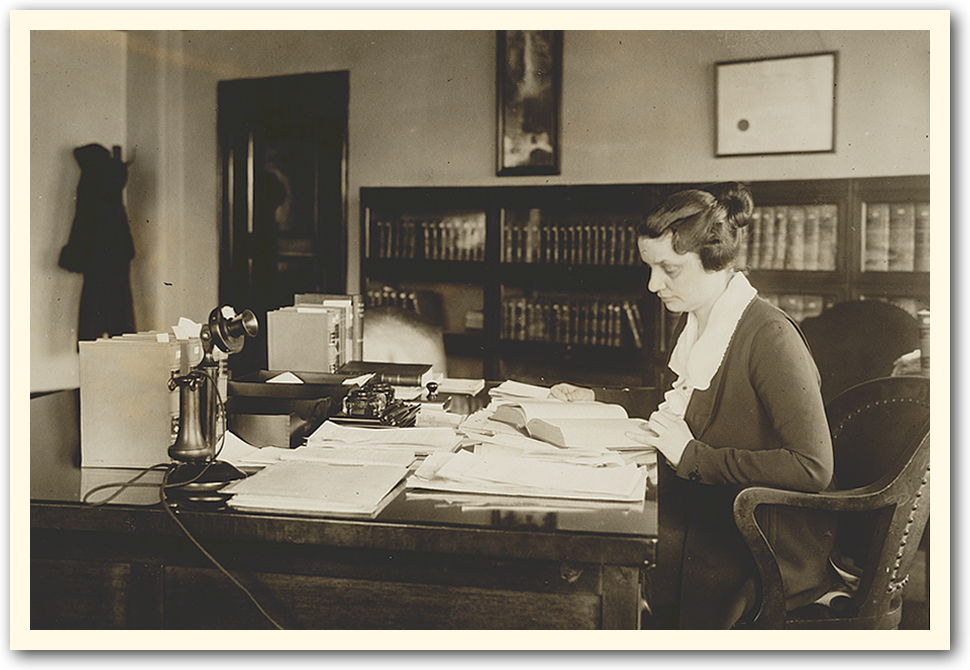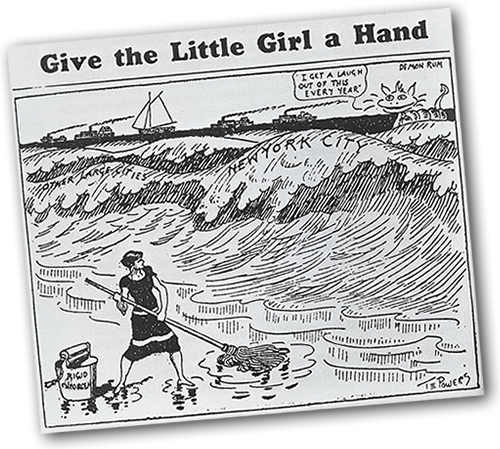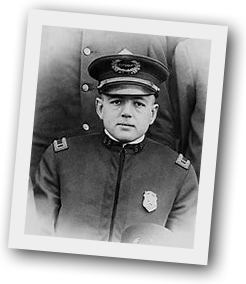![]()
Women brought Prohibition into existence and, to a large extent, charted its 13-year course. Mabel Willebrandt and Pauline Sabin set the tone for much of that existence and the men they worked with and against cast a mosaic of the varied forces impacting its fate.

![]()
Pauline Sabin
 Pauline Sabin and the sons, Paul (l) and James (r), she hoped to protect from alcohol’s damaging effects.
Pauline Sabin and the sons, Paul (l) and James (r), she hoped to protect from alcohol’s damaging effects.
 Bayberry, the perfect setting for political organizing, fundraising, and decision-making.
Bayberry, the perfect setting for political organizing, fundraising, and decision-making.
(Image courtesy of Rogers Memorial Library, Southampton, NY.)
 The women’s leadership within the Republican Party in 1921. Their adherence to “women’s issues” challenged Sabin’s desire to have women increase their stake in the party.
The women’s leadership within the Republican Party in 1921. Their adherence to “women’s issues” challenged Sabin’s desire to have women increase their stake in the party.

James W. Wadsworth, Jr., hardline anti-Prohibitionist, anti-suffragist, and Pauline’s political mentor.
 A verse from a song written for the Women’s Organization for National Prohibition Repeal.
A verse from a song written for the Women’s Organization for National Prohibition Repeal.
 Sabin (far right) and her colleagues in the fight against Prohibition.
Sabin (far right) and her colleagues in the fight against Prohibition.
![]()
Mabel Willebrandt
The “first legal lady of the land” battled popular resentment, corruption among her cohorts, insufficient means, and resistance to woman in power, but she never wavered in her belief that the law could be enforced.
 Mabel Willebrandt hard at work.
Mabel Willebrandt hard at work.

 A cartoon from the Washington Herald depicting the monumental task in front of Willebrandt.
A cartoon from the Washington Herald depicting the monumental task in front of Willebrandt.
 Willebrandt making history delivering a report to the delegates at the 1928 Republican National Convention.
Willebrandt making history delivering a report to the delegates at the 1928 Republican National Convention.
![]()
Roy Olmstead

 Police Lieutenant Roy Olmstead
Police Lieutenant Roy Olmstead

Whispering Wires
![]()
Olmstead’s Accusers
 The legal team prosecuting Olmstead: (l to r) William Whitney, Clifford McKinney, John Marshall, and Thomas Revelle.
The legal team prosecuting Olmstead: (l to r) William Whitney, Clifford McKinney, John Marshall, and Thomas Revelle.

 Al Hubbard, “Boy Wonder” and double agent.
Al Hubbard, “Boy Wonder” and double agent.



